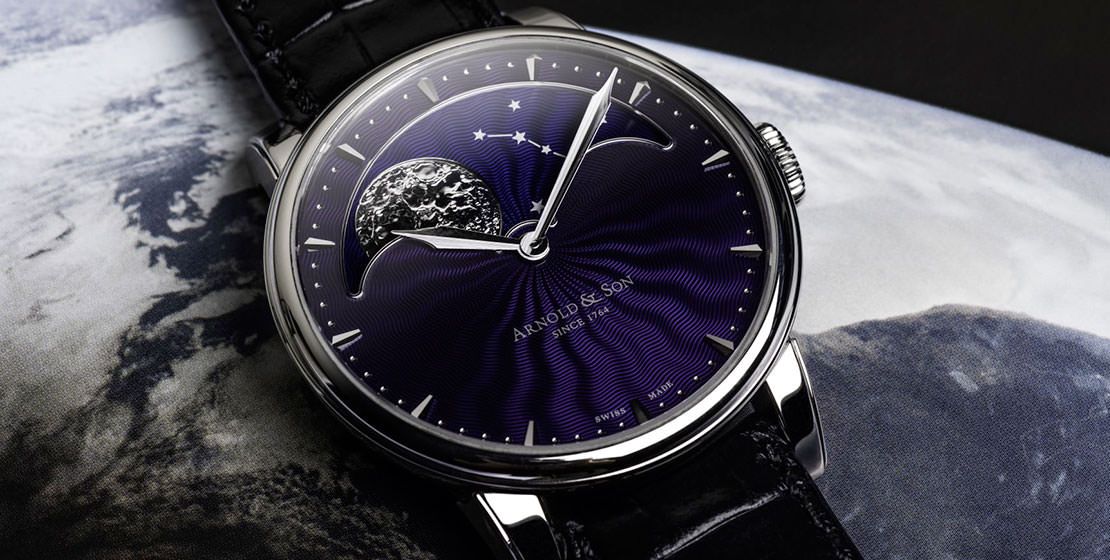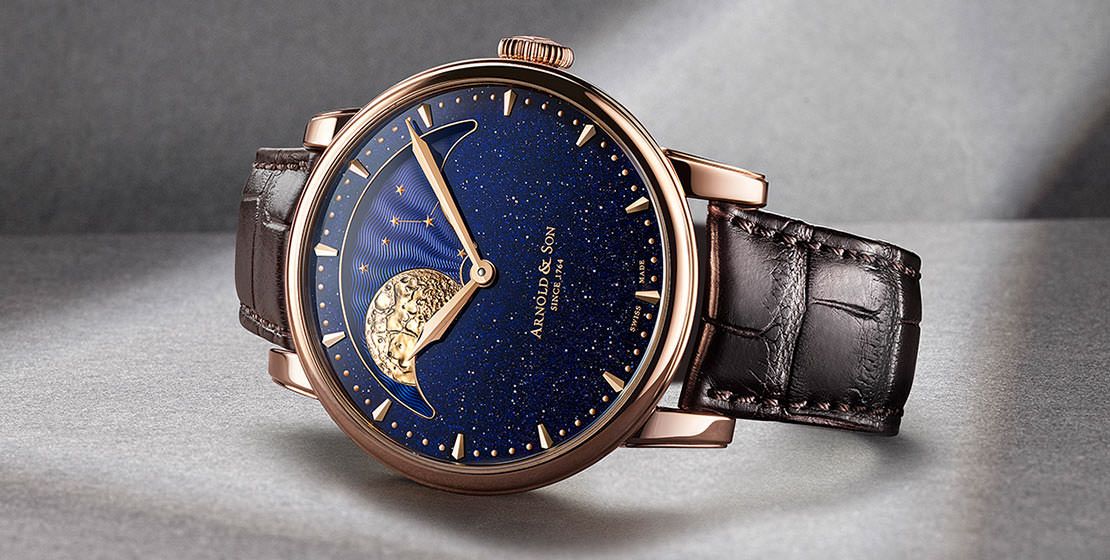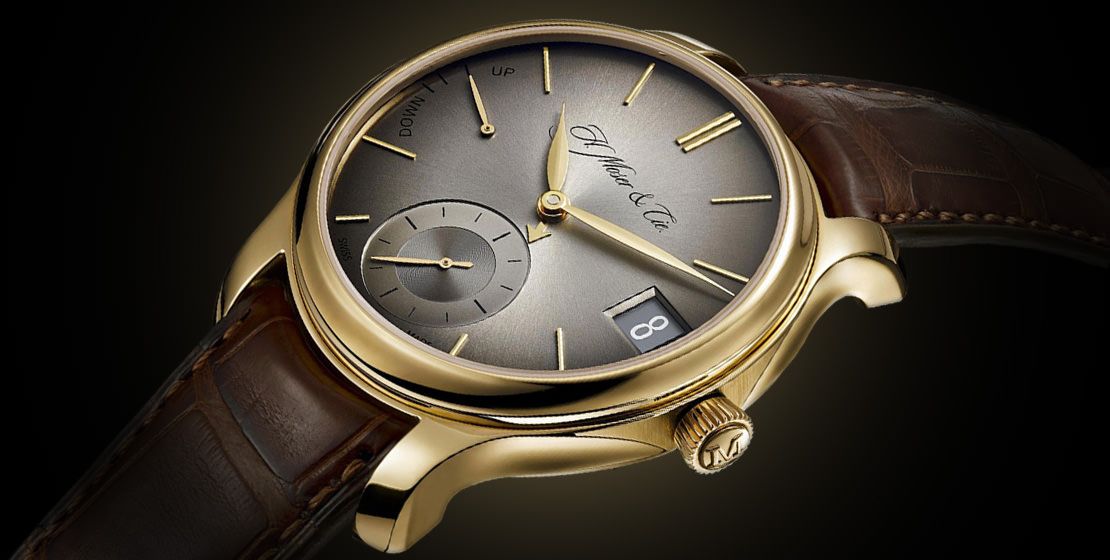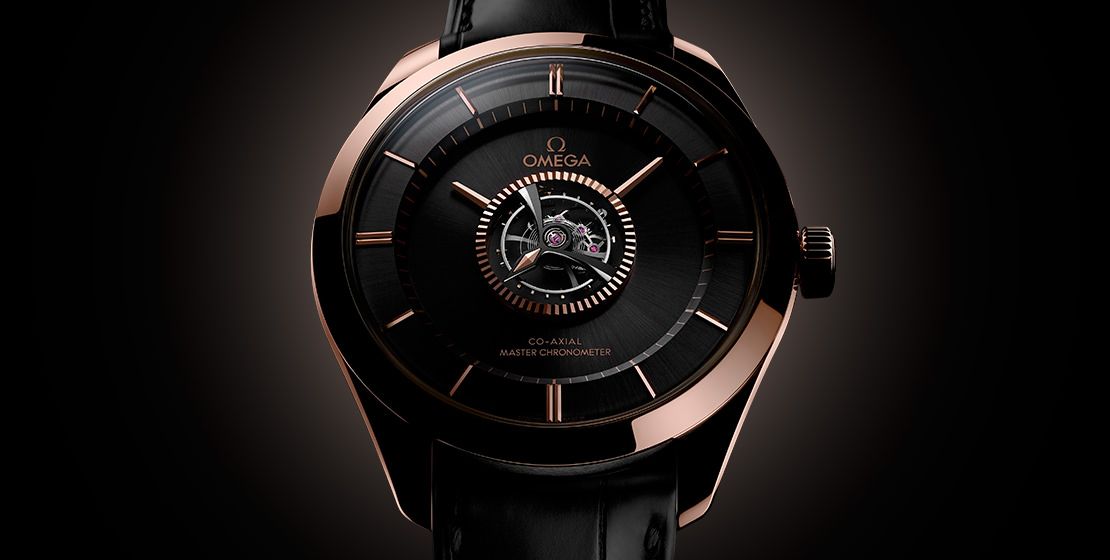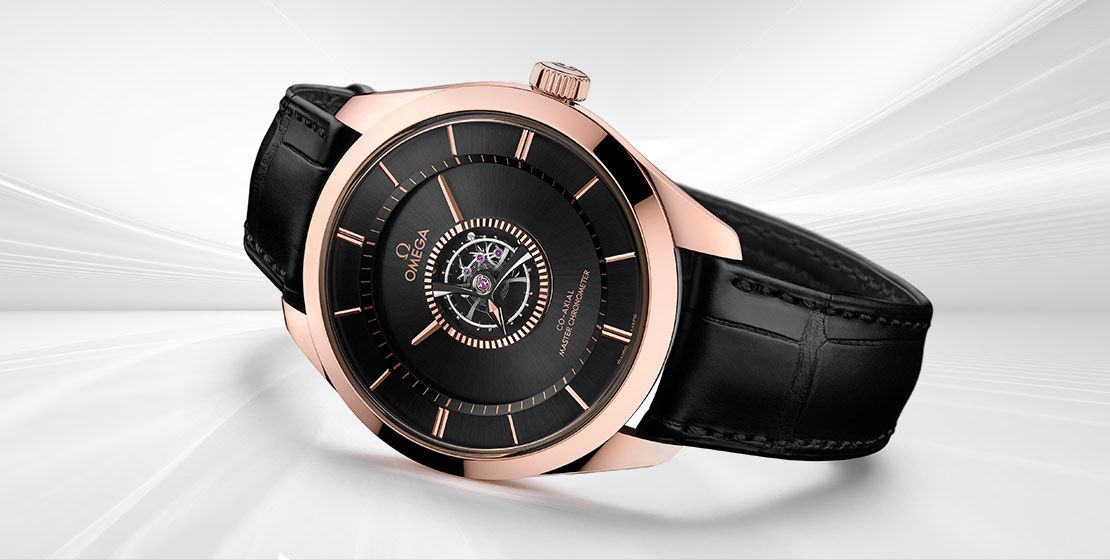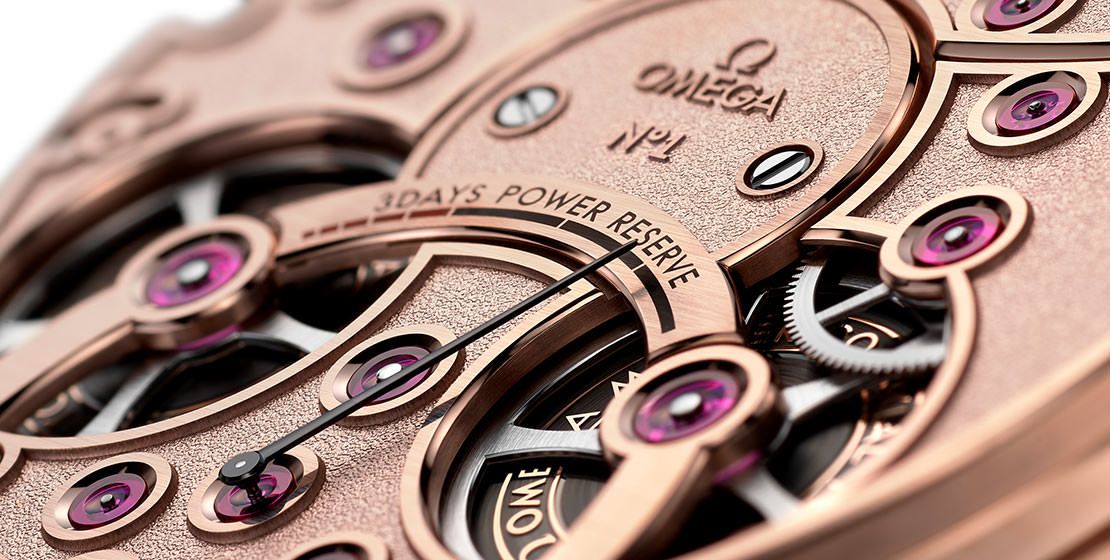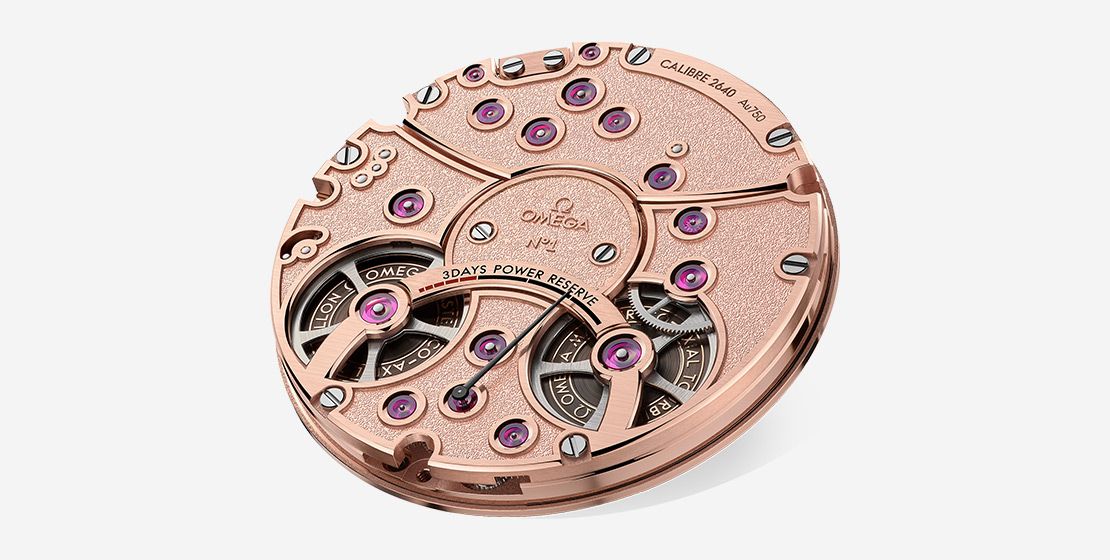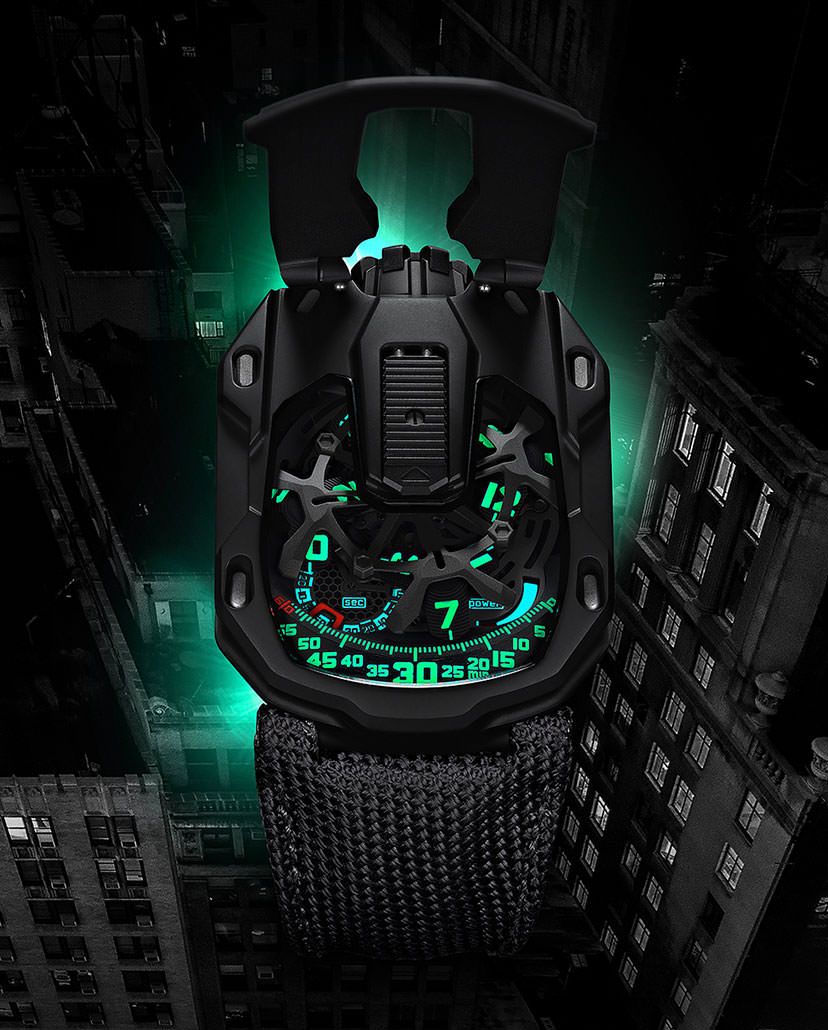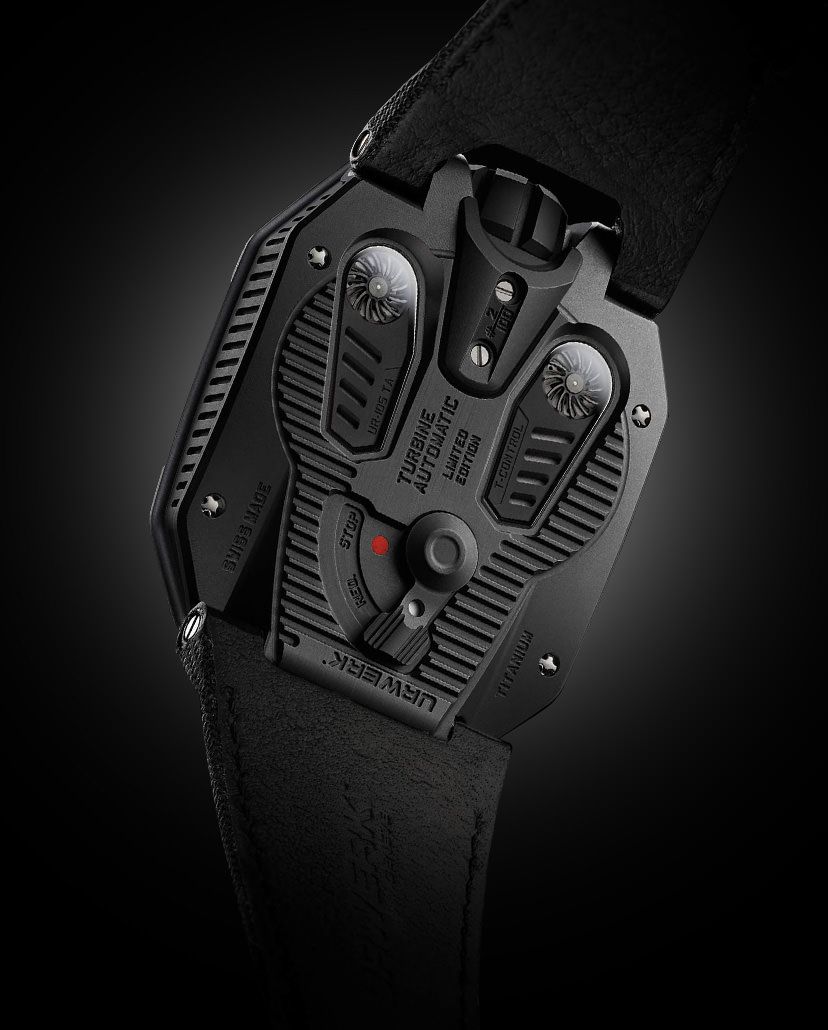Round-UpThe Seen And The Unseen: Five Exemplary Watches With Functions On Their Casebacks
In a bid to provide convenience and a variety of functions to the wearer, watch manufacturers tend to sometimes clutter the dial of a watch with a host of displays and sub-dials. However, there are some brands that realise how seldom people use certain functions and therefore prefer to place them on the reverse of the watch instead. Here are some of the finest examples
May We Recommend
When it comes to displaying functions and indicators, it’s the dial of a watch that does the heavy lifting. However, it’s safe to assume that there are certain features that users seldom refer to, as they aren’t integral to the reading of time—for example, a leap year indicator or even a power reserve indicator. Hence, to pare down the face of a watch, manufacturers often choose to place such functions on the reverse of the watch—whether the caseback is closed or displays the movement. This helps the designers to not only craft a more minimalistic timepiece, but it also ensures perfect legibility to the wearer without having to forgo the function entirely. Let’s take a look at some of finest examples of such watches
Arnold & Son HM Perpetual Moon
Having been around for decades, the moon phase display is among the oldest complications used in the horological industry. Over the years, a plethora of luxury watch manufacturers have presented this function in innovative and creative ways and among them are the Swiss watchmakers Arnold & Son. Seen here is the brand’s HM Perpetual Moon, a standout timepiece, as it features one of the largest moon phase displays on its dial, along with a secondary moon phase sub-dial on its caseback that allows for easy correcting and setting of the complication. Coming to the technical side, the moon phase display will remain accurate for a whopping 122 years, owing to its complex and skilfully engineered movement—A&S1512. The calibre is entirely developed, designed, decorated and assembled by the brand themselves and it’s based on a double-barrel with a frequency of 21,600vph and has an impressive power reserve of 90 hours.
Grand Seiko Spring Drive Eight Day Power Reserve
Introduced in 2017, the Spring Drive Eight Day Power Reserve has been developed and manufactured at Grand Seiko’s micro artist studio in Shiojiri, Japan. Featuring a stellar dial with a fine speckled texture, and a flawlessly finished movement, the timepiece is a seamless combination of simplicity and high functionality. However, what perfectly exhibits the Japanese brand’s exemplary craftsmanship and top-notch engineering is the movement of the watch. Sporting a power reserve indicator at three o’clock, the calibre 9R01 resembles an unhindered expanse of very lightly brushed metal—decorated with jewel bearings and blue screws. Instead of using the usual Geneva stripes, Grand Seiko have laterally brushed the movement, making it look clean and consistent. But the calibre 9R01 isn’t just about the looks. It is a phenomenal device as it is equipped with three spring barrels that help run it autonomously for eight days. Moreover, it is Grand Seiko’s famous Spring Drive, which generates energy like any automatic—from the oscillation of a winding rotor—but combines this with an electronic regulator; hence delivering accuracy that no other mechanical watch can match. Overall, the Grand Seiko Spring Drive ticks all the right boxes of fine watchmaking and is a formidable challenger to Swiss-manufactured timepieces.
H. Moser & Cie. Endeavour Perpetual Calendar
Breaking stereotypes and age-old norms is second nature to H. Moser & Cie. So, when they introduced the Endeavour Perpetual Calendar, it seemed nothing but natural for the Swiss brand to place the leap year indicator on the movement side rather than positioning it on the dial. Realising how seldom a wearer uses this indicator—perhaps annually—the designers decided to tuck it away in the back, which helped them create a minimalistic and pared-down dial. It results in probably the most minimalistic dial a perpetual calendar watch can have—with just the power reserve indicator, date, and a very discreet central month hand. Presented in the form of a 12-point star-shaped rotating disc, the leap year indicator, visible through the exhibition caseback, is attached to a beautifully decorated hand-wound movement. The HMC 341 comes with clever features, such as a double-pull crown mechanism, hacking seconds, a double barrel and Moser’s interchangeable escapement. With a frequency of 18,000vph, the calibre HMC 341 is able to provide a minimum power reserve of seven days.
Omega De Ville Tourbillon Co-Axial Master Chronometer
When it comes to complex complications such as the tourbillon, Omega isn’t the first brand that comes to one’s mind. Despite the fact that the Swiss manufacturers crafted their first tourbillon timepiece back in 1947, they are better known for their iconic sport watches, such as the Speedmaster or the Seamaster. In a bid to change this image, last year, Omega introduced the De Ville Tourbillon Co-Axial Master Chronometer—a timepiece featuring a highly advanced, accurate, and anti-magnetic tourbillon complication. The watch comes equipped with probably one of the most exquisite movements ever created by the brand, the calibre 2650, which offers a significant three-day power reserve. Although the main attraction of the timepiece is its central tourbillon cage on the dial side, Omega haven’t compromised on the caseback view in any way. The transparent back allows you to admire the two mainspring barrels that are visually connected by an arc-shaped bridge, which also acts as the sector for the power reserve indicator—clearly seen on the lower half. The plates and bridges are made of Omega’s proprietary Sedna gold, and the movement comes with a combination of traditional and modern finishing techniques. On top of everything else, with the watch certified as a Master Chronometer, the calibre can withstand magnetic fields of up to 15,000 gauss.
Urwerk UR-105 CT Kryptonite
If there is one brand that relentlessly push the boundaries of innovative watchmaking, it would have to be Urwerk. The Geneva-based watch manufacturers have created some of the most unique and ingeniously designed watches that disrupt conventional time-telling, and their UR-105 CT Kryptonite is one such example. Taking inspiration from steampunk design of the early 20th century, the timepiece comes in an octagonal case, which is reminiscent of the retro locomotives and art deco-style architecture. The dial has a cover that opens to reveal the wandering hour display, in addition to the minute scale, a digital seconds disc and a power reserve indicator. Although the watch doesn’t feature an exhibition caseback like the rest of the timepieces featured here, it comes with one of the most distinctive casebacks that you could come across. It consists of a ‘winding rate control lever’—a feature that allows the wearer to regulate the winding with the help of a lever. In the ‘full’ position, even the slightest movement will wind up the mainspring. Whereas, on ‘stop’ mode, the winding system stops. This helps with reducing the overall wear and tear on the movement components, extending the servicing intervals. The UR-105 CT Kryptonite runs on the in-house movement, UR 5.03, which beats at a frequency of 28,800vph and has a power reserve of 48 hours.




